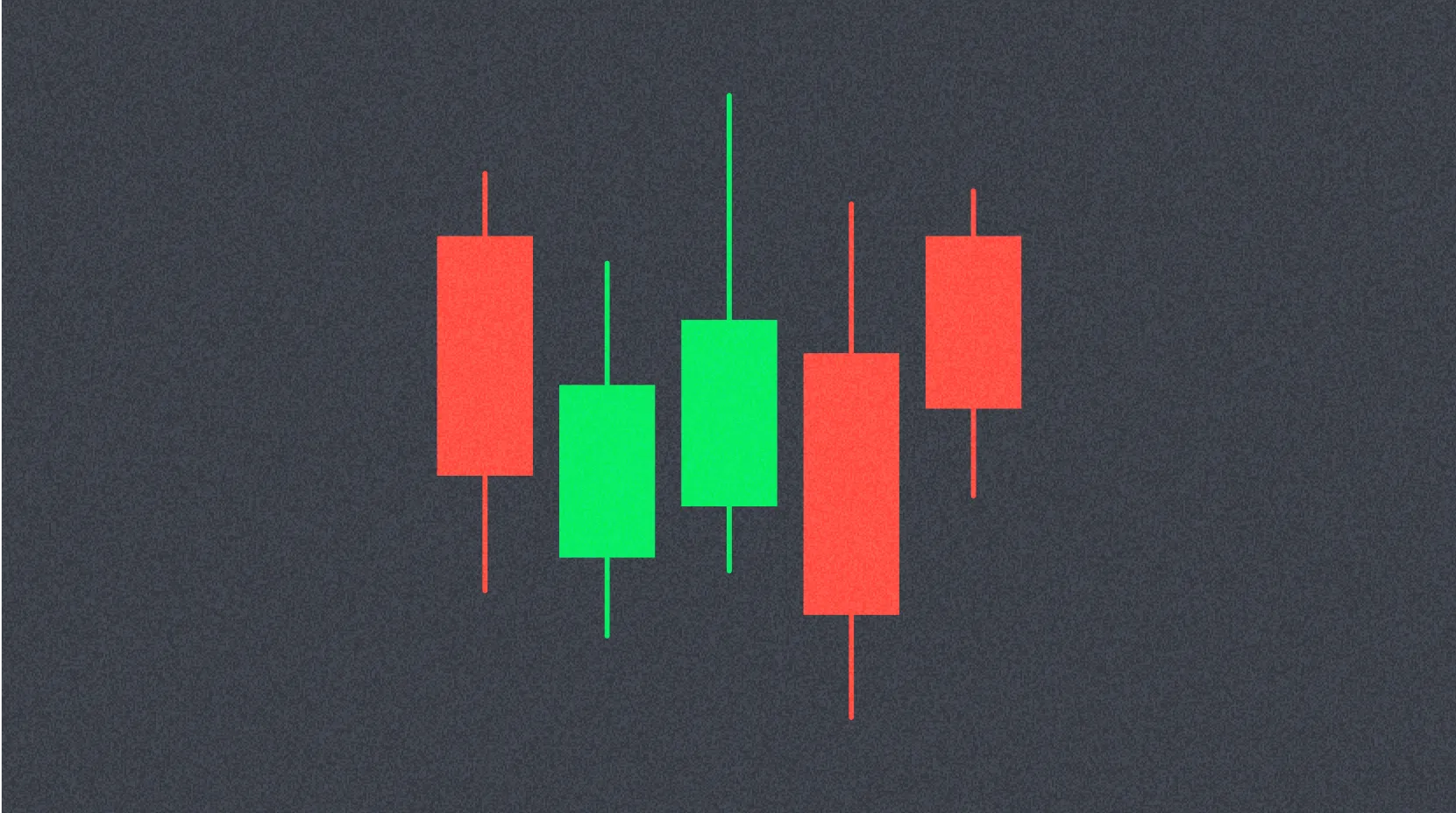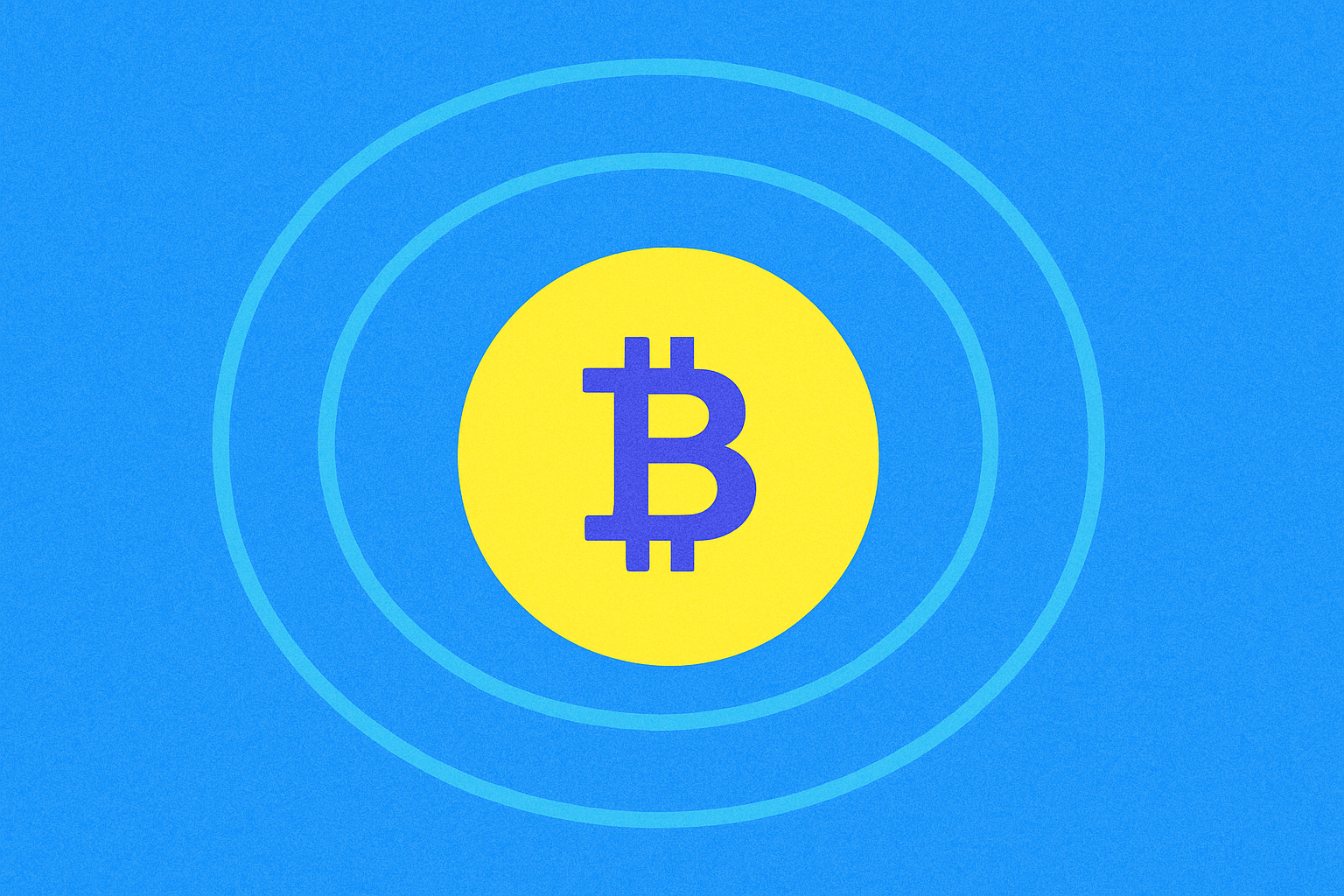Kripto Çöküşü mü Yoksa Sadece Düzeltme mi?


Bu Bir Çökmüşlük mü Yoksa Sadece Bir Düzeltme mi? Kripto Pazarında Gerçekten Ne Oluyor
Hadi durumu netleştirelim: bir çöküş, çöküş anlamına gelir. Ancak kripto, dalgalanma üzerine kuruludur ve kısa vadeli %10–30'luk düşüşler oldukça sıradışıdır. İşte aslında olanlar:
- Bitcoinyaklaşık olarak geri çekildi$115,437 AUD
- Ethereumsoğudu$3,588 AUD
- XRPhafifçe düştü$3.09 AUD
Fiyatlar zirvelerinden düşmüş olabilir, ancak temeller güçlü kalmaya devam ediyor. Birkaç işaret, bunun geçici bir geri çekilme olduğunu - boğa koşusunun sonu değil.
Şu anda Kripto Düşüşüne Neden Olan Nedir?
Son fiyat hareketine katkıda bulunan birden fazla faktör var:
1. Rallilerin Ardından Kar Alma
120K AUD'yi geçtikten sonra, Bitcoin doğal bir satış yaşadı çünkü yatırımcılar kazançlarını realize etti. Bu, kitaplarda yer alan bir piyasa davranışı.
2. Düzenleyici Belirsizlik
ABD ve AB'den gelen yeni politika duyuruları, özellikle kurumsal katılım etrafında kısa vadeli endişeler ekledi.
3. Jeopolitik Gerilimler
Daha geniş piyasa belirsizliği bir riskten kaçınma havası yarattı ve kripto genellikle bunun ilk etkisini hisseden taraf oluyor.
4. Kaldıraç Silinmeleri
Aşırı kaldıraçlı pozisyonlar hızlı bir şekilde tasfiye edilir. Bu zincirleme tepkimeler abartılı fiyat dalgalanmalarını tetikler.
Korku & Açgözlülük Endeksi Hâlâ Pozitif
Kırmızı mumlara rağmen,Korku & Açgözlülük İndeksi hala okuyor 63—hafif bir iyimserlik seviyesi. Bu bir panik durumu değil. Aşırı ısınmış bir rallinin ardından bir soğuma.
Boğa Pazarının Sonu mu?
Son derece olası değil. Piyasa yapısı sağlam kalıyor:
- Bitcoin hakimiyeti%60'ta oturuyor, altcoin rallileri öncesi tipik bir aşama.
- Altseason indeksi 40/100'de ve altcoin döngüsünün erken belirtilerini gösteriyor.
Düzeltmeler genellikle yeni zirvelerin yolunu açar. Birçok yatırımcı hala gözünü dikmiş durumda $140K AUD Bitcoinönümüzdeki aylarda gerçekçi bir hedef olarak.
Her Düşüş Neden Gizli Bir Fırsattır
Uzun vadeli yatırımcılar bu geri çekilmeleri şöyle görüyor:
- Stratejik giriş noktaları yeni pozisyonlar için
- Dönme anlarıdaha güçlü projelere
- Dolar maliyet ortalaması yapma fırsatlarıbir sonraki yukarı hareketten önce
Tarihsel olarak, her boğa piyasası %20–30 düşüşler içerir. İçinde kalanlar -çoğu zaman- büyük kazançlar elde etti.
Kripto Volatilitesi Sırasında Nasıl Sakin Kalınır
- Zoom out – 1 yıllık veya 5 yıllık grafiğe bakın, 24 saatlik olana değil.
- Tezinizi kontrol edin – Projeye uzun vadede hâlâ inanıyor musun?
- Duygusal ticaretlerden kaçının – Panik satışı nadiren kârlıdır.
- Temellere odaklanın – Geliştirici faaliyetleri, benimseme ve topluluk büyümesi hala önemlidir.
- Kendini eğit – Bu zamanı inancınızı pekiştirmek ve geçmiş döngülerden ders almak için kullanın.
Son Düşünceler
Kripto’nun volatilitesi bir hata değil—bir özelliktir. Bugün bir çöküş gibi görünen şey, yarın bir fırsat olarak değerlendirilebilir.
Uzun vadeli bir oyun için buradaysanız, panik yapma zamanı değil. Hazırlık yapma zamanı.
Unutmayın: Diğerleri paniğe kapıldığında, akıllı para plan yapar.
SSS
1. Mevcut kripto düşüşü bir çöküş mü yoksa normal bir düzeltme mi?
Bu daha çok bir düzeltme. Boğa döngülerinde keskin geri çekilmeler yaygındır.
2. Düşüş sırasında kripto mu satmalıyım?
Panik satışı nadiren karşılığını verir. Eğer yatırım tezin sağlamsa, pozisyonunu korumayı veya hatta artırmayı düşün.
3. Dipte olduğumu nasıl anlarım?
Arka görüş aynasında olana kadar bilemeyeceksiniz. Stabilizasyon, hacim artışı ve duygu değişimini izleyin.
4. Bu, boğa koşusunun sona erdiği anlamına mı geliyor?
Hayır. Birçok gösterge, bunun sağlıklı bir soğuma olduğunu, son değil.
5. Portföyümü korumak için ne yapabilirim?
Çeşitlendirin, stop-loss kullanın, dolar maliyet ortalamasını düşünün ve kısa vadeli duygu yerine uzun vadeli inanca odaklanın.

kripto neden çöküyor ve toparlanacak mı?

Kripto Yeniden Yükselecek mi?

CryptoJack neden bu boğa koşusunda Gate.com ve GT TOKEN hakkında bu kadar umutlu?

İrlanda Bankalarının ve Avrupa Kripto Varlıklar Regülasyonunun Geleceği

bir kripto coin bir ETF aldığında..

Siyah Kuğu Etkinliği nedir?

Kripto Enflasyonu ve Dijital Varlık Değerlerine Etkileri

Dijital Tokenlar ve İlk Coin Arzlarında Hard Cap Kavramını Anlamak

Kurumsal Özel Blockchain Ağları: İş Birliğinin Güçlendirilmesi

DeFi likidite havuzlarında geçici kaybı anlamak

Kripto para cüzdanlarında genel ve özel anahtarların işleyişini anlamak





